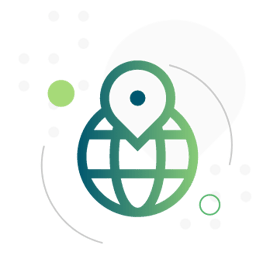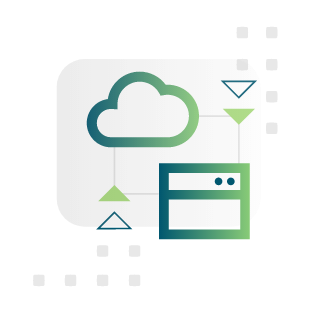
Modern business requires the speed and flexibility of modern applications.
The ability to scale without interruptions, deploy new features and fixes on-demand, and efficiently develop products with multi-stakeholder collaboration—these are the sort of benefits modern applications provide.
But the process of modernization is much more complex than slapping a new coat of paint on your legacy apps.
You need a roadmap to help guide your new code development process, one that leverages the scale of cloud platforms like Google Cloud Platform (GCP) to break free from the shackles of outdated development models and static applications.
And that roadmap starts with your data strategy.
Developing the right data strategy
The first step to take when moving toward app modernization is a full assessment of all your legacy applications. You need to examine the strengths and weaknesses of each app through the lens of your business needs and how the apps utilize your data.
The goal of developing this strategy is to create an environment where all of your applications capture data from several different fronts—back-end, user interactions, network performance, and so on.
While not every application you currently have in your portfolio will be suitable for modernization, completing a thorough analysis of how your apps interact with data reveals where data holes exist in your current stack.
 For example, You may be able to determine the overall bounce rate for a legacy application, but a more granular view—say, what specific part of an application is leading to higher bounce rates than others—can stay invisible without full knowledge of where and how data is being used within that application.
For example, You may be able to determine the overall bounce rate for a legacy application, but a more granular view—say, what specific part of an application is leading to higher bounce rates than others—can stay invisible without full knowledge of where and how data is being used within that application.
Another important part of developing a data strategy is taking into account the sheer speed and volume of data that will be flowing through your modernized applications.
To make decisions in real-time, identify bottlenecks, and flag issues with your applications as they occur, you will need consistent visibility—and analytics tools in place—for all your applications.
Remember, the endgame with modernization should be an accelerated path to delivering your products or services. Doing everything you can to anticipate not just problems but what your customers want is the key to doing just that.
Making modernization work
Not every organization has the time, resources, or capabilities to develop a sound data strategy and then put that strategy into action modernizing applications.

Beyond the complexities of actually making your applications modern, to truly leverage the benefits of modernization
and the cloud you want to build a foundation that both powers your modernized applications and makes it possible for you to begin adopting advanced tools like artificial intelligence (AI) and machine learning (ML). Of equal importance is the ability to implement containerization and DevOps for development and have talent in place to continually optimize your applications as insights are unearthed.
That’s a long list of needs, and while reaching the finish line provides your organization with substantial benefits, getting there can be daunting—and too expensive—to even contemplate.
At Redapt, our experts can guide you through developing a world-class data strategy and help you remove the constraints of legacy applications that stifle your innovation. We can also develop the right environment within GCP and other cloud platforms to leverage advanced analytics and transform your development process.
You can learn more about our application modernization capabilities and offerings here.














